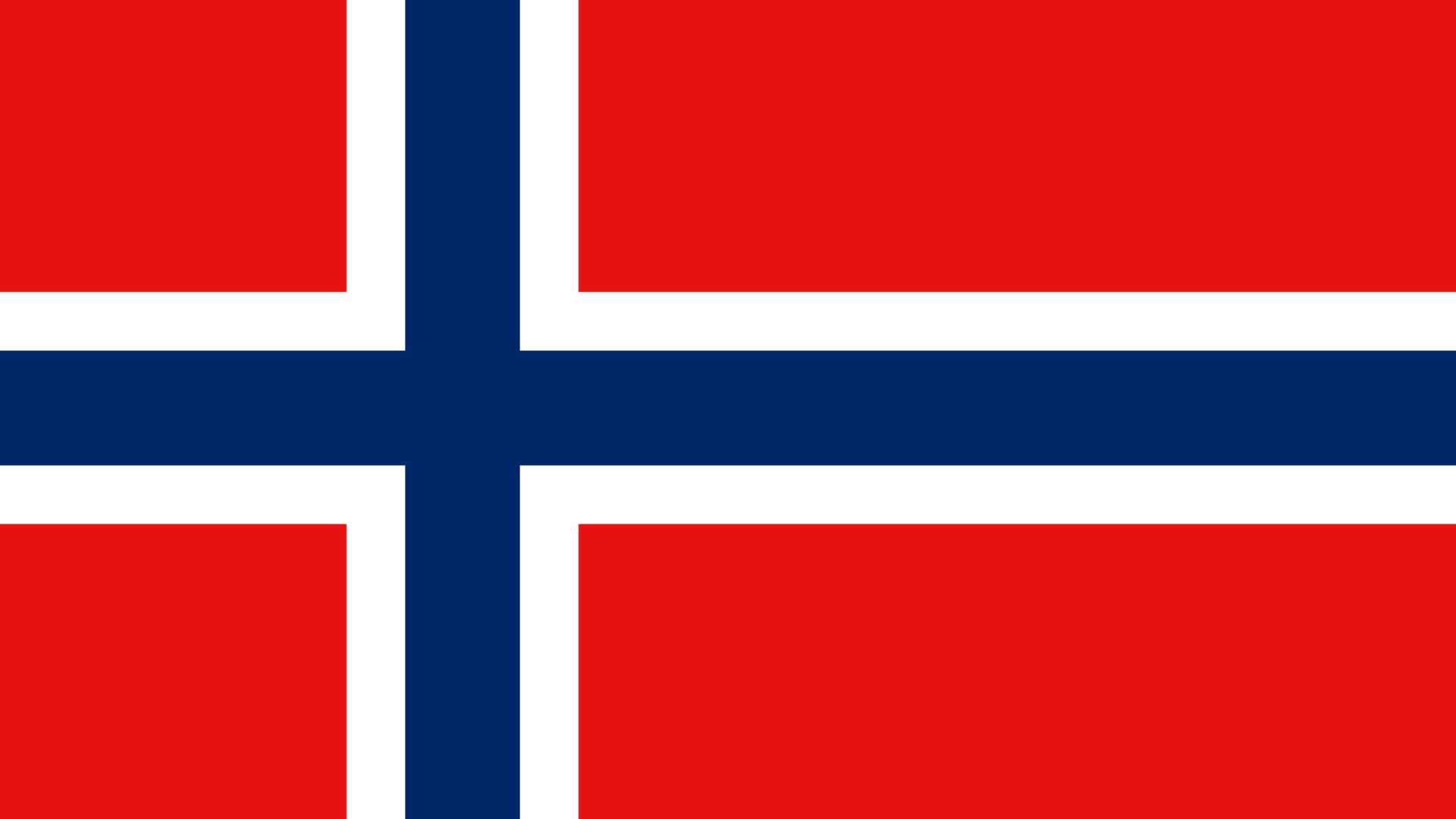Norwegian Translation

Norwegian Translation and Localization
TrueLanguage offers timely, precise Norwegian translation and localization services. We can handle virtually any type of translation project. Our team of professional linguists includes native speakers of Norwegian and certified subject matter experts who can perfectly translate material following your exact specifications. We use cutting-edge translation and project management tools and follow ISO 9001 standards, guaranteeing efficient, high-quality, and authentic results.
Language Facts and Information
Norwegian Snapshot
Norwegian is a North Germanic language spoken by approximately 5 million people worldwide, predominantly in Norway. It is a descendant of Old Norse, which was the language spoken by the Viking settlers who inhabited the Scandinavian countries during the Middle Ages. Norwegian shares many similarities with other Scandinavian languages, such as Danish and Swedish, but it also has distinct features that set it apart. Known for its melodic sound, Norwegian is a popular language for literature, music, and poetry, and its unique dialects are a source of national pride. With its rich history and cultural significance, Norwegian is a fascinating language that offers a window into Norway’s vibrant and dynamic culture.
Norwegian Facts and Trivia
Where it’s Spoken
Norwegian is the official language of Norway and is spoken by the majority of the population. It is also spoken by Norwegian communities in other countries, such as the United States, Canada, and Australia, as well as by some people in Sweden, Denmark, and the United Kingdom. Norwegian is part of the North Germanic branch of the Germanic languages and is closely related to Swedish and Danish.
Global Statistics
Norwegian is one of the two official languages in Norway, along with Sámi, a Finno-Ugric language spoken by less than one percent of the population. Norwegian is one of the working languages of the Nordic Council. Under the Nordic Language Convention, citizens of the Nordic countries who speak Norwegian have the opportunity to use their native language when interacting with official bodies in other Nordic countries without being liable for any interpretation or translation costs.
Impact of Norwegian Worldwide
Norwegian, as the official language of Norway, has had significant cultural, business, and political impacts worldwide. Culturally, Norwegian literature, particularly the works of playwright Henrik Ibsen and author Knut Hamsun, has gained international recognition and influenced many other writers. Norwegian folk music and traditional costumes have also gained popularity worldwide, with festivals and concerts held around the world. In the business world, Norway’s strong economy and ties to the oil and gas industry have made Norwegian a language of importance in those sectors. Additionally, Norway has a strong shipping industry, and Norwegian is one of the languages used in maritime communication. Politically, Norway has played a significant role in international diplomacy and has been a strong advocate for peace and human rights. The Norwegian language, therefore, plays a vital role in diplomatic relations and negotiations. Furthermore, Norway is one of the largest financial contributors to international organizations such as the United Nations. Norwegian is one of the official languages of these organizations, making it important in global politics.
Regional Variations
Along with Swedish and Danish, Norwegian forms a dialect continuum of more or less mutually intelligible local and regional varieties; some Norwegian and Swedish dialects, in particular, are very close. These Scandinavian languages, together with Faroese and Icelandic as well as some extinct languages, constitute the North Germanic languages.
There are two official written forms of Norwegian: Bokmål and Nynorsk, and both are used throughout the country. Bokmål is more commonly used in urban areas, while Nynorsk is more prevalent in rural areas. There is general agreement that a wide range of differences makes estimating the number of different Norwegian dialects difficult. Grammar, syntax, vocabulary, and pronunciation variations cut across geographical boundaries and can create a distinct dialect at the level of farm clusters. Dialects are, in some cases, so dissimilar as to be unintelligible to unfamiliar listeners. Many linguists note a trend toward regionalizing dialects that diminishes the differences at such local levels; however, there is a renewed interest in preserving dialects.
Origin and History
Like most European languages, the Norwegian language descends from the Proto-Indo-European language. As early Indo-Europeans spread across Europe, they became isolated and new languages were developed. In the northwest of Europe, the West Germanic languages evolved, which would eventually become English, Dutch, German, and the North Germanic languages, of which Norwegian is one.
Summary
Since the Norwegian language is constantly evolving, you must have informed and highly experienced professional linguists for producing accurate and culturally appropriate translations. At present, Norwegian features approximately 330,000 words and adopts numerous new words each year. Will you need a Norwegian translation that will easily be understood in all regions where the language is spoken? Or do you rather require a regionally specific translation? Select either our TrueGlobal or LocalVoice approach as appropriate.
Consider a Partnership with TrueLanguage
Are you looking for a partnership with a language service provider? If so, you may wish to consider TrueLanguage. We offer ISO-Certified state-of-the-art business translation services that are on budget, on time, and to your exact specification. Every time. Or perhaps you’re just looking for a cost-free, no-obligation estimate for your next translation project. Either way, we’d love to hear from you!

